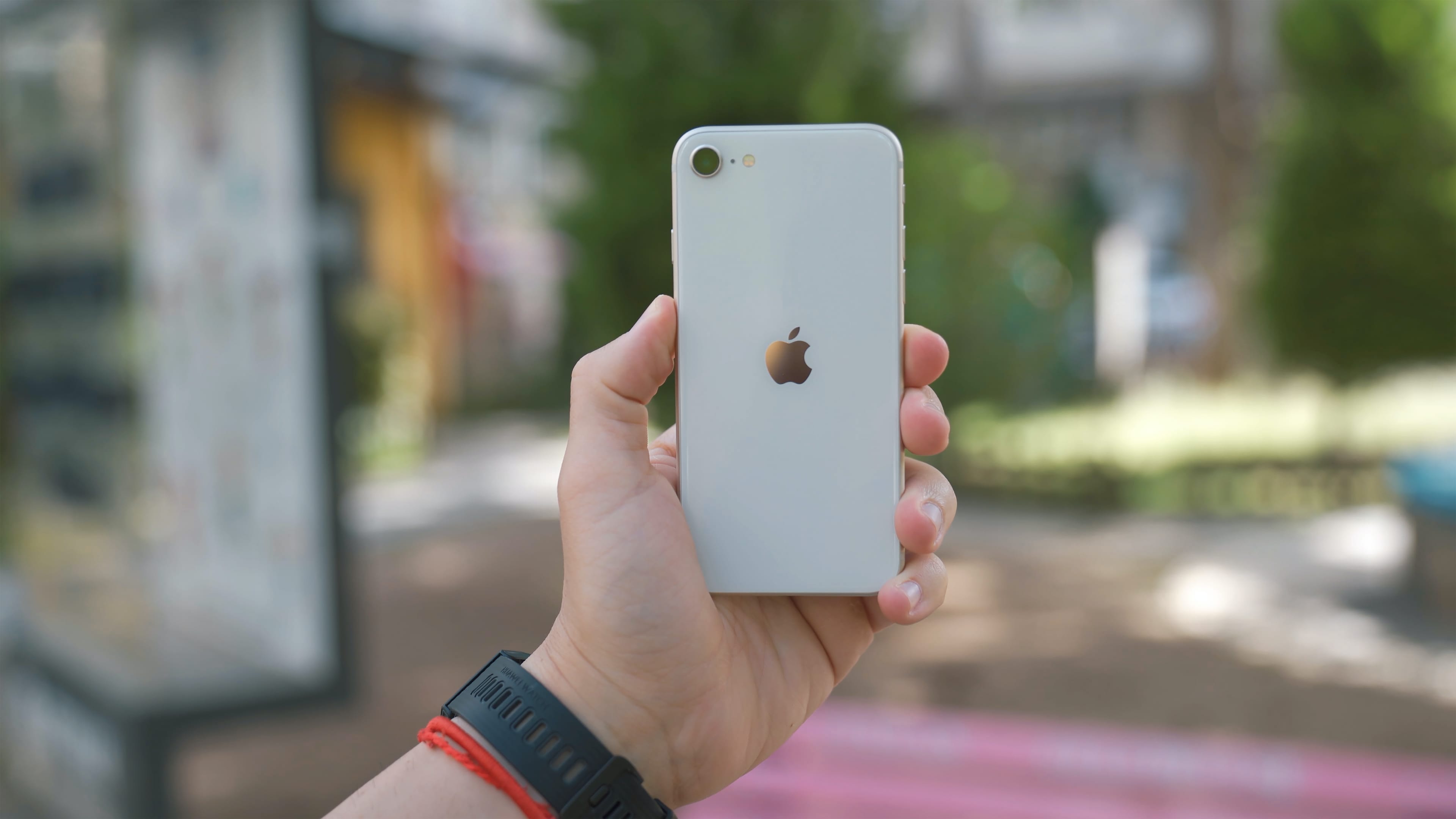Apple’s tips ensure that people who buy used iPhones won’t get a bricked or malfunctioning device, a smartphone with a worn-out battery and similar.

Some tips need no explanation, like checking that the phone turns on, that the display isn’t damaged and that the Lightning connector works.
Apple underscores the importance of checking battery health in Settings > Battery > Battery Health & Charging. If the battery is below 80 percent of its original capacity, iOS starts throttling the CPU (o fix this, swap the battery for a new one).
Apple shares tips for buying used iPhones
Would-be buyers are instructed in a new support document on Apple’s website to check the parts and service history of the device in Settings > General > About for signs of unauthorized repairs or non-genuine components.
Notably, the support document strictly tells people to avoid buying an iPhone stuck at the Apple ID password screen during setup because it’s Activation Locked.
“If you bought the iPhone online and you see iPhone Locked to Owner on the screen, return the iPhone,” Apple notes.
Another advice about buying an entirely erased device: “If you see ‘Hello’ on the screen in various languages, the iPhone has been erased,” Apple says. “You won’t be able to test it in this state, so you’ll need to set it up, including activating it.”
You may also want to check out our tutorial covering more than two dozen things you must do before selling, giving away or trading your iPhone or iPad.
Years of software updates
Apple notes in the opening section that its products are designed to last longer than competition by providing “industry-leading device support for software updates.”
As a result, Apple notes, “the iPhone lasts longer than other smartphones.”
The problem with that statement is that it seems oblivious to the fact that Google, with the Pixel 8 lineup, committed to at least seven years of Android updates and feature drops from when the phone first became available in Google’s US store.